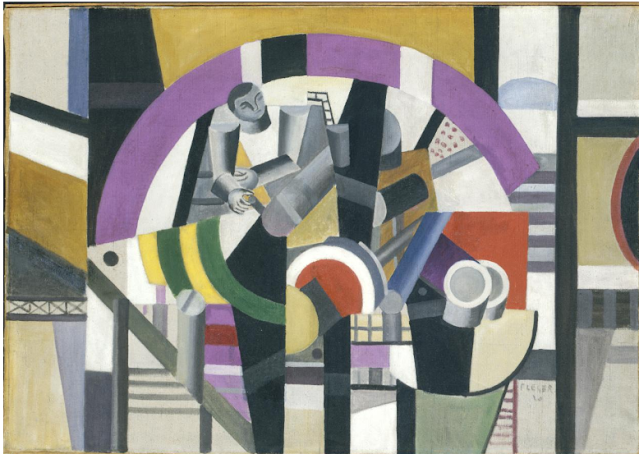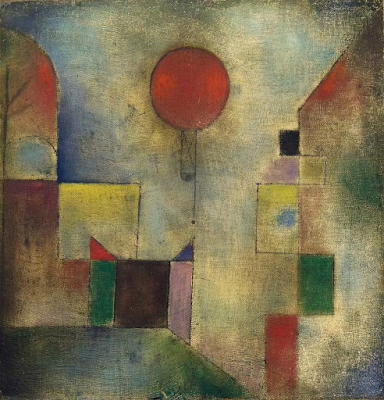Childe Hassam "The Avenue in Rain"
I probably should have saved this for the 4th of July, but that is a little far off and this work is among Childe Hassam's finest.
I have known of Childe Hassam (1859 - 1935) for a very long time, but only recently did Wikimedia straighten me out about the correct way to pronounce his first name. It seems the "e" is silent; and his last name is pronounced as written, with two syllables.
From what I have read, Hassam was a pretty sharp guy, and possibly a little arrogant. He created 3,000 some works of art in his career and lived his entire adult life on the proceeds of their sale. This is quite remarkable. Most artists, (at least before 1930) had to supplement their income by teaching, commissioned portraits or careers outside the art field. But Hassam figured out not only how to market his work, but also what subjects would be popular. Timing is always a big issue, and he was at the forefront of marketing impressionist paintings to Americans.
He is considered one of the finest of American Impressionists. Interesting to note that he did live and study in Paris in his early and mid career, but he never met any of the famous French Impressionists. He did however, view their work in galleries and museums, and later in life did have some correspondence with Monet. I believe impressionism became and remains a huge popular success because most works are very pretty. Monet, especially, never used black, but mixed other hues to attain a desired darkness, thus keeping colors bright and vibrant.
"The Avenue in Rain" is a painting of Fifth Avenue, New York City. It was done in February, 1917 and is one of 30 works of American flags done by Hassam, beginning in 1916. Early in 1917, United States fervor was at one of its highest points concerning the raging war in Europe. America declared war on Germany on April 6, 1917 just a few months after this painting was completed.
This painting is a bit unusual because it is almost twice as tall as it is wide. It is a finely edited snapshot of a parade in the rain. One author I read, believes we (the viewer) are inside, looking out at this parade through a window, and that is why the painting is so blurred. Slicing the image in half notice the top is all flags, cropped so we cannot see buildings, only layers of flags. The lower half maybe a small marching band, plus the reflection on the pavement of the overhead flags. It is easy to get the impression that even in inclement weather, America's patriotism was so high, nothing stops displaying our flags or playing our anthems.
"The Avenue in Rain" was completed in 1917. It measure 42 inches high, 22.25 inches wide. It is an oil on canvas and is part of the permanent collection of the White House, Washington D.C. Currently, and for the last four Presidents, it hangs in the Oval Office.
Make Art a part of your life, it's a beautiful thing to do.




Looking at this closely, what first appeared to be a blurry looking picture , is really many brush strokes carefully placed with a purpose. Red and blue dominate with many horizontal lines, but the flag posts and marchers keep it balanced. I like the looseness of the musicians, and the light upper left space that gives our eye a rest. The two top flags direct us to that space, and highlight those two "steeples:. Even the left streetlight keeps us in the painting. I think this is a very detailed composition, but loosely executed, and certainly feels patriotic. Such an interesting viewpoint!
ReplyDeleteThe other day I was reading "Only Yesterday" by Frederick Lewis Allen. It is a non fiction book written in 1930 about the decade of the 1920's. But the author begins by reviewing the atmosphere in New York City following World War I. He goes in length about the frequent parades in the streets, rain or shine and all the flags! Of course, I thought of this painting. It is so accurate, and at the same time, so beautiful.
ReplyDelete